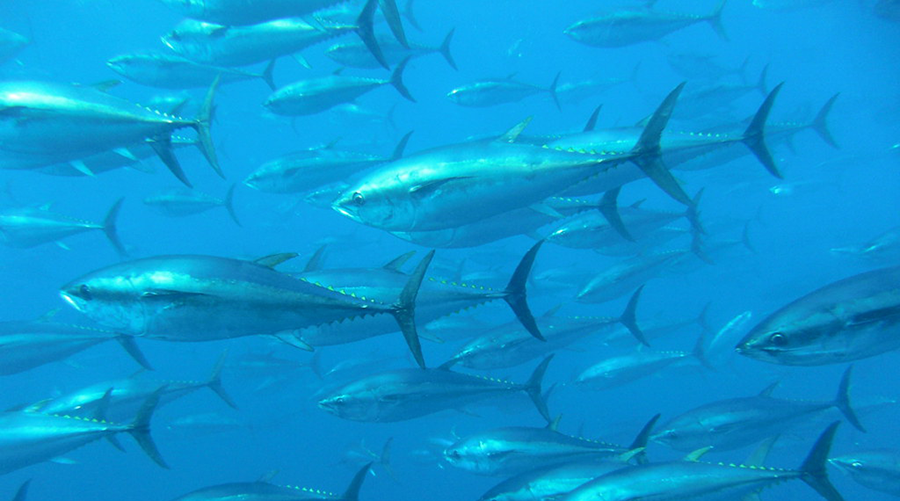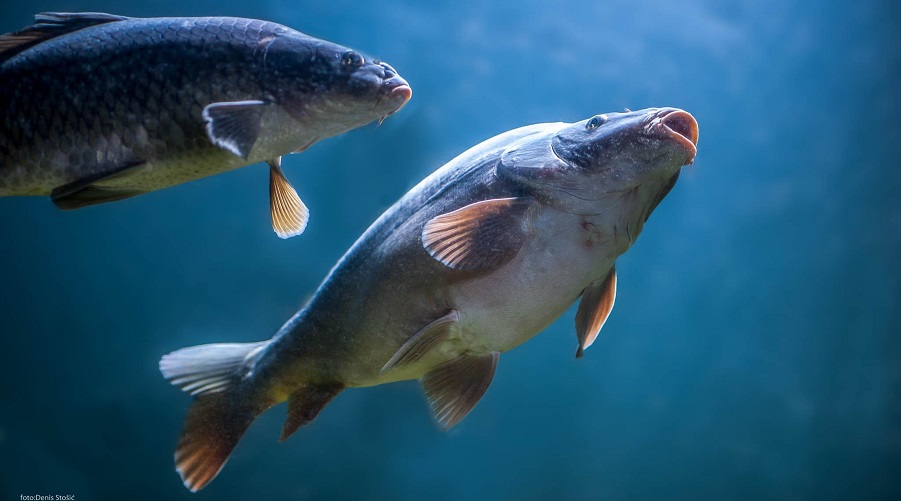
Port of Dakar. Photo by Garth Cripps ©, Coalition for Fisheries Transparency.
The decades-long overexploitation of the marine fisheries resources of most West African countries is one of the top drivers of illegal immigration to Europe via deadly routes through the Atlantic, the Mediterranean, and the Strait of Gibraltar.





